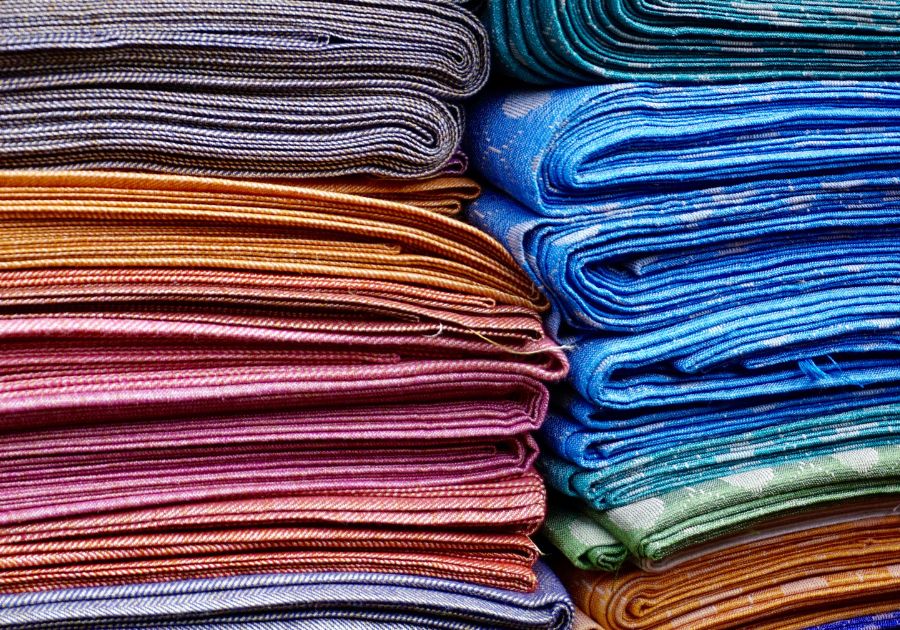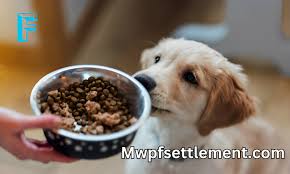Denim is a sturdy cotton textile with a distinctive twill weave and diagonal ribbing. It is primarily used to make jeans and other clothing items. The classic blue denim has indigo-dyed warp threads and undyed weft threads. However, denim fabric is available in various shades and types, each with unique characteristics.
Cotton Denim
Cotton denim is the most common type of denim fabric. It is made from the natural fibres of the cotton plant. Cotton is known for its softness, durability, and breathability, making it an ideal choice for workwear and leisurewear. The cotton threads are arranged in a helix, giving the fabric its natural crimp and strength. Cotton denim can be woven differently, producing materials with various weights and textures. Twill-woven cotton denim is particularly popular, as it is harder-wearing and resists wrinkles better than plain-woven fabrics.
Polyester Denim
Polyester denim is a type of denim fabric that incorporates polyester fibres. Polyester is an artificial textile material made from petrochemicals. It is often blended with cotton to control shrinkage and wrinkles associated with natural cotton. Polyester denim is commonly used in jeans, skirts, dresses, and outerwear garments. While polyester denim offers stretch and durability, there are concerns about its environmental impact due to the release of chemicals during its manufacturing process.
Ramie Denim
Ramie denim is a blend of ramie and cotton fibres. Ramie is a vegetable fibre that adds interesting characteristics to denim blends. It offers resistance to bacteria and mildew, absorbs moisture naturally, and increases strength with washing. However, processing ramie fibres takes time and effort, limiting its widespread use in modern textiles. Ramie denim is sometimes blended with cotton or wool to overcome undesirable characteristics.
Blended Denim
Blended denim refers to denim fabric made with a combination of different fibres. In addition to cotton, polyester, and ramie, other fibres like elastane, silk, linen, and wool can also be blended with denim to create unique fabrics. Blended denim offers a range of benefits, including improved stretch, wrinkle resistance, moisture absorption, and texture variation.
Dry Denim
Dry or raw denim is a type of denim fabric that is not washed after being dyed. Most denim fabrics undergo washing to achieve softness and eliminate shrinkage. On the other hand, dry denim is left unwashed to allow for natural fading and distressing over time. The wearer’s body and daily activities influence the fading process, resulting in a unique and personalized look. Dry denim is often associated with premium denim lines and appeals to enthusiasts who appreciate its natural ageing process.
Selvage Denim
Selvedge denim, also called selvedge denim, is a type of denim fabric with a clean, self-edge that does not unravel. It is typically presented in an unwashed or raw state. Selvedge denim is made on old-style shuttle looms, which weave fabric with one continuous cross thread. This creates a tighter weave and a heavier-weight fabric that is more durable. The selvedge edge is often visible along the outseam of jeans when cuffs are worn, and it is usually stitched with coloured thread for added aesthetic appeal.
Stretch Denim
Stretch denim is a type of denim fabric that contains a small percentage of elastane or spandex. This blend provides the material with stretch and flexibility, making it more comfortable. Stretch denim is commonly used in fitted clothing styles like leggings, skinny jeans, and trousers. It offers ease of movement and provides support for a flattering fit. The popularity of stretch denim has grown significantly, especially among women’s jeans manufacturers.
Organic Denim
Organic denim is made from organic cotton, which is cultivated without the use of synthetic agricultural chemicals. Organic cotton farming reduces the environmental impact of cotton production by minimizing the use of pesticides and fertilizers. Organic denim is preferred for its eco-friendly attributes, although it presents challenges regarding dyeing and processing costs. Consumers prioritizing sustainability and environmental consciousness drive the demand for organic denim.
Conclusion
Denim fabric comes in various types, each with its unique characteristics. Cotton denim is the most common and versatile type, known for its durability and softness. Polyester denim offers stretch and wrinkle control but raises concerns about environmental impact. Ramie denim adds interesting properties to blends, while blended denim combines different fibres for enhanced performance. Dry and selvedge denim appeals to enthusiasts who appreciate the natural ageing process and craftsmanship. Stretch denim provides comfort and flexibility, while organic denim caters to the demand for sustainable fashion. With such a wide range of options, denim fabric remains a timeless choice in the fashion industry.
YOU MAY ALSO READ RELATED ARTICLE:





One Comment